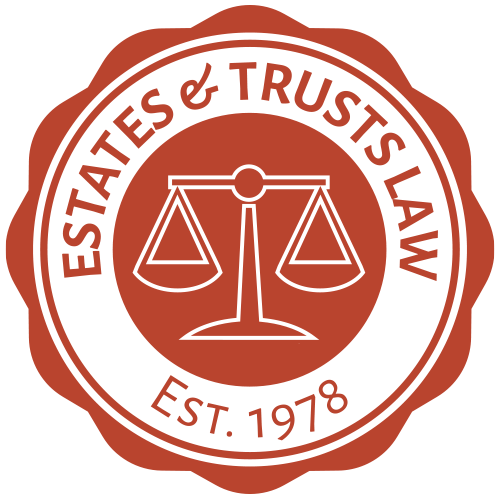Tax Secrets for Ontario’s New Estate Information Returns – Part 2
Your duty as estate trustee is to provide values for all estate assets.
The government can thus assess and audit the estate for provincial estate tax. Fair market value of estate assets is required as of the date of death.
You must provide details for each category of assets. Page 5 of the EIR shows the 5 asset categories.
You must print a completed EIR for delivery to the government, as I will explain.
The EIR collects specifics in five different categories, including:
- Real estate in Ontario
- Bank accounts
- Investments
- Vehicles and vessels
- Other property
Each category has different specific and detailed filing requirements.
When third party advisors or institutions hold bank accounts and investments, they can provide a breakdown of the information.
The category “other property” is a catchall. It includes the value of any business interest, copyrights and trademarks.
Specifically included are household contents, art, jewelry, and any loans that may be owing to the deceased.
Estate Assets
You will need to prepare an inventory of estate assets.
The asset inventory does not need to include every cup and saucer. What is relevant is the value for estate tax purposes.
For contents of a home, we would recommend you hire an appraiser.
You should immediately photograph and video record all valuables.
You should consider if the assets are secure and need protection, insurance coverage or appraisals.
Estate Liabilities
You can only deduct mortgages to calculate the provincial estate tax. Therefore, details of any credit card or other debts are not relevant.
You will need to keep an inventory of estate liabilities. You should also search and retain paper and digital records.
You have a responsibility to settle or satisfy all creditors from the estate assets. You cannot distribute estate assets until all creditors are paid. This would include all tax liabilities.
You also cannot deduct liabilities such as funeral expenses on the EIR.
Retaining Your Estate Records
You must maintain all estate records related to the EIR. The Ministry can assess or reassess the values on your EIR.
You will have the right to appeal or object to the notice of assessment.
You will need to retain records to cover any appeal period, which can be 6 years.
Your records may be required for federal income tax purposes or to satisfy estate beneficiaries.
EIR Delivery Deadlines
You deliver the EIR to the Ministry of Finance within 90 calendar days of the issuance of an estate certificate.
You do not need to file the EIR when you apply for your estate certificate.
Applications for estate certificates are filed in the Superior Court of Justice.
Corrections Require New EIR
Corrections or incomplete information on the EIR create complications. You must deliver a new EIR to explain any corrections or incomplete information on your initial return.
You must deliver the EIR with amended information within 30 days of finding an error.
Subsequently Discovered Estate Assets
What if you subsequently find new estate assets? You will need to take two steps.
First, you need to swear an affidavit to explain this to the estate court. The estate pays additional estate tax then. Second, you must deliver an amended EIR to the Ministry of Finance.
EIR Delivery Options
Currently, there is no online delivery option for the EIR. You must deliver the EIR by fax, mail or in person.
We recommend that you keep proof of delivery to avoid any late filing penalties or assessments.
Read part 1 of my post Tax Secrets for Ontario’s New Estate Information Returns here.
Do you need help understanding the EIR? Contact us for a consultation.
About Edward Olkovich
Executors facing estate challenges call upon Ed Olkovich who is a Toronto estate lawyer and Certified Specialist in Estates and Trusts Law. Ed is an author and edits Carswell’s legal guide Compensation and Duties of Estate Trustees, Guardians and Attorneys. He has resolved estate disputes and probate problems since 1978. © 2016
Posted In: Estates On: May 27th, 2016





 416 769 - 9800
416 769 - 9800